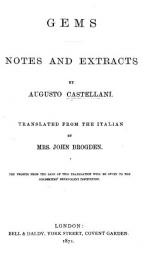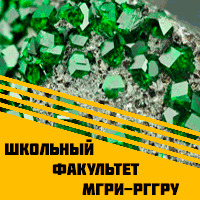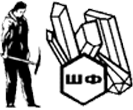Добрый день, Коллеги. Важное сообщение, просьба принять участие. Музей Ферсмана ищет помощь для реставрационных работ в помещении. Подробности по ссылке
Лейденский папирус
The chemical arts and knowledge of the ancient world are known to us chiefly through the writings of Pliny, Dioscorides, Theophrastus, Vitruvius, and a few other writers, aided in a considerable degree by the examination and chemical analysis of the various relics and remains of the older civilizations. While these writings do furnish us with a very considerable degree of information concerning the beginnings of chemical knowledge they are, at the best, only indirect sources and are lacking in details. By a fortunate chance, however, there have come to light in recent years-two original sources in the form of two remarkable Greek papyri known to students of the early history of chemistry as the Leyden Papyrus X and the Stockholm Papyrus. These invaluable documents are by far the most ancient that we possess dealing with chemical arts and operations as such. The earliest authentic alchemical manuscript is that of St. Marks at Venice which is believed to have been transcribed from earlier writings during the tenth or eleventh centuries. These two papyri have, however, upon the basis of unquestioned philological and paleographic evidence, been ascertained to have been written at about the end of the third century A.D. so that they are by far the earliest original historical evidence that we have in our possession concerning the nature and the extent of ancient chemical knowledge. They are; therefore, of the highest value for the history of chemistry and throw a whole flood of light upon the origins of the pseudo-science, alchemy, as the researches of Berthelot have so clearly demonstrated.




